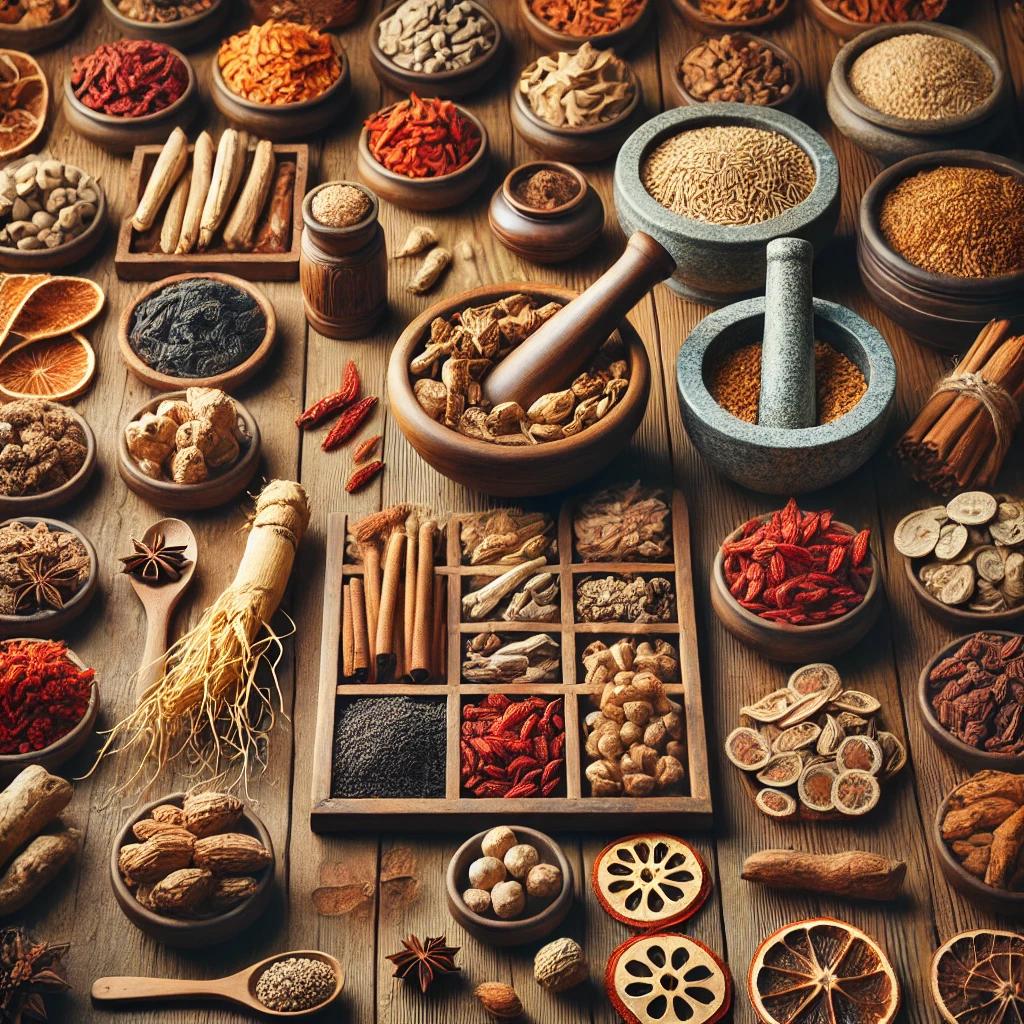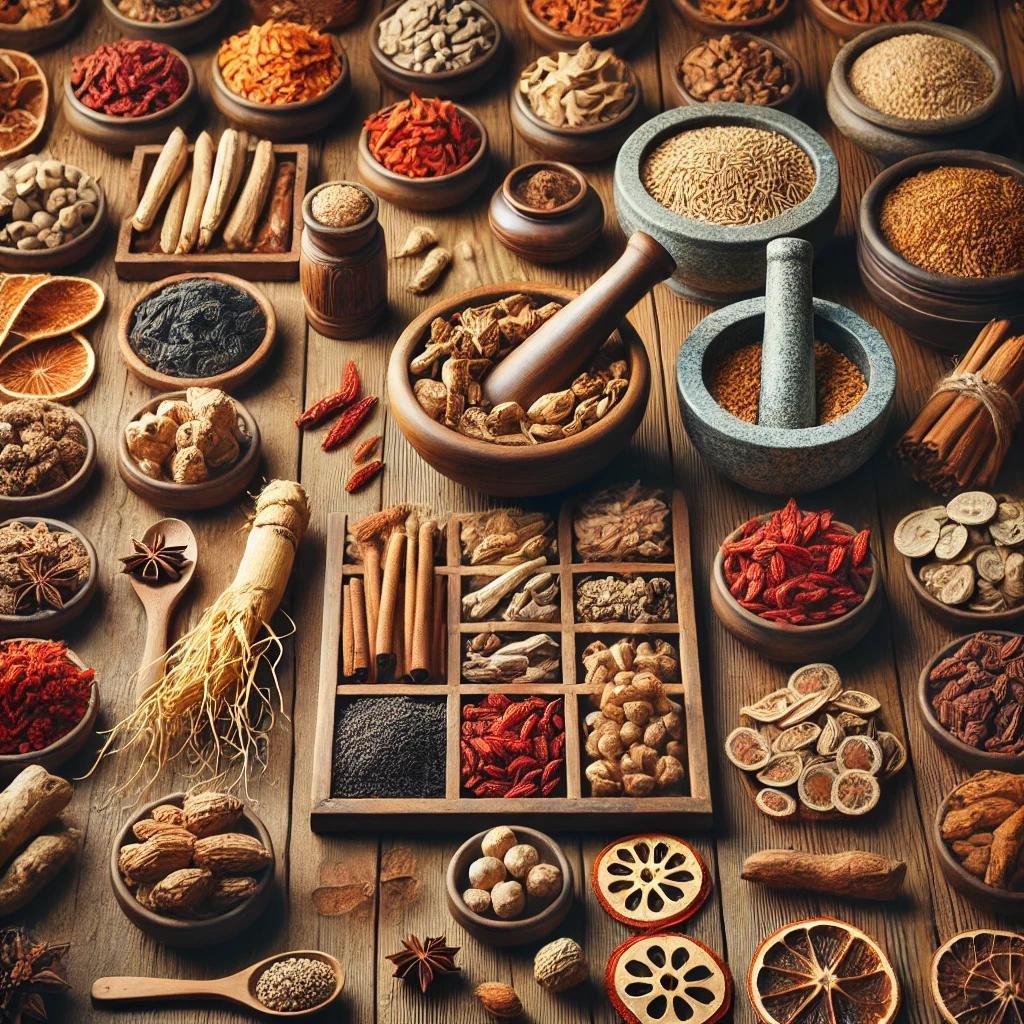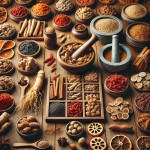Understanding Categories of Chinese Herbal Medicine

Understanding Categories of Chinese Herbal Medicine
When most people learn about herbs, they think in terms of what herb is good for congestion or what herb is good for arthritis. To a skilled practitioner, this is a poor way to think about herbs since they are very dynamic in their function and how they affect the overall body. TCM has always categorized their herbs the way pharmacists categorize pharmaceutical medications. Understanding these categories can help demystify how Chinese herbal medicine works and how it supports the body’s natural healing processes.
Let’s explore the main categories of Chinese herbs and what they do.
1. Herbs that Release the Exterior
These herbs are commonly used to help the body fight off colds, fevers, and other external pathogens. They work by promoting sweating and expelling illness before it penetrates deeper into the body. Think of them as your first line of defense when you start feeling under the weather. Examples include ginger (Sheng Jiang) and mint (Bo He).
2. Herbs that Clear Heat
When the body experiences excessive heat conditions, such as infections, inflammation, or high fevers, these herbs help cool things down. They have anti-inflammatory and antimicrobial properties and are often used to treat sore throats, skin rashes, and irritability. Popular examples are honeysuckle (Jin Yin Hua) and gypsum (Shi Gao).
3. Herbs that Drain Dampness
Dampness in TCM refers to an excess of fluids that can cause sluggishness, bloating, or joint pain. Herbs in this category help eliminate excess moisture, supporting digestion and relieving water retention. Poria (Fu Ling) and plantain seed (Che Qian Zi) are commonly used herbs for this purpose.
4. Herbs that Dispel Wind-Dampness
This category is particularly useful for conditions like arthritis and muscle stiffness, which are considered to be caused by external wind and dampness invading the body. These herbs promote circulation and ease discomfort in the joints and muscles. Notable examples include cinnamon twigs (Gui Zhi) and pubescent angelica root (Du Huo).
5. Herbs that Transform Phlegm and Stop Coughing
For those dealing with respiratory issues like chronic coughs, sinus congestion, or excess mucus production, these herbs work to clear phlegm and open the airways. They help regulate the body’s fluid balance and promote smoother breathing. Examples include fritillaria bulb (Chuan Bei Mu) and pinellia (Ban Xia).
6. Herbs that Regulate Qi
Qi (pronounced "chee") is the various kinds of metabolic energies in the body. When the metabolic process or Qi is blocked up or sluggish, it can lead to digestive issues, bloating, and emotional distress. These herbs help regulate and move Qi, improving digestion and easing tension. Tangerine peel (Chen Pi) and magnolia bark (Hou Po) are commonly used for this.
7. Herbs that Tonify
These are strengthening herbs that nourish the body when it is weak, depleted, or fatigued. Although these herbs are generally the most famous for their adaptogenic properties, they must be used with herbs from other categories to prevent side effects and are never prescribed alone by a TCM practitioner. Ginseng (Ren Shen) is a famous Qi tonic, while goji berries (Gou Qi Zi) nourish the blood.
8. Herbs that Invigorate Blood
Poor circulation can lead to conditions like menstrual irregularities, pain, or even cardiovascular issues. These herbs help promote healthy blood flow and prevent stagnation. Examples include safflower (Hong Hua) and peony root (Chi Shao).
9. Herbs that Stabilize and Bind
When bodily functions become excessive—such as excessive sweating, diarrhea, or frequent urination—these herbs help restore balance by stabilizing fluids and organ function. Examples include schisandra berry (Wu Wei Zi) and lotus seed (Lian Zi).
10. Herbs that Calm the Spirit
For those experiencing anxiety, insomnia, or restlessness, these herbs in combination with others help soothe the nervous system and promote relaxation. They nourish the heart and mind, bringing a sense of peace. Examples include reishi mushroom (Ling Zhi) and polygala root (Yuan Zhi).
Final Thoughts
Chinese herbal medicine is a vast and sophisticated system that categorizes herbs based on their effects on the body. By understanding these categories, it is the first step to understanding how to select which herb is best. From here one can create formulas that address diseases with multiple symptoms as seen in TCM pattern diagnosis.
If you’re interested in learning more or finding out which herbs may be right for you, call us to schedule a herbal medicine consultation!






